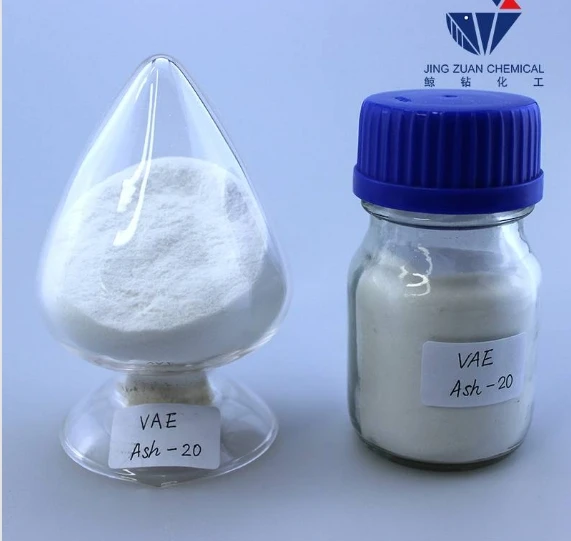
Nov . 06, 2024 13:43 Back to list
hpmc structure
Understanding HPMC Structure and Its Applications in Various Industries
Hydroxypropyl Methylcellulose (HPMC) is a versatile cellulose ether, derived from the natural polymer cellulose through a series of chemical modifications. The molecular structure of HPMC plays a crucial role in its functional properties, making it an essential ingredient in a wide range of applications, spanning from pharmaceuticals to construction materials.
Understanding HPMC Structure and Its Applications in Various Industries
In pharmaceuticals, HPMC is widely used as a binder, thickening agent, and film-former in tablet formulations. The ability of HPMC to form gels and increase viscosity is particularly useful in creating controlled-release drug delivery systems. By adjusting the molecular weight and the degree of substitution, pharmaceutical developers can engineer HPMC to achieve desired release profiles for active ingredients, leading to improved therapeutic outcomes.
hpmc structure

Moreover, HPMC serves as a crucial ingredient in the food industry, where it acts as a fat replacer, stabilizer, and emulsifier. Its ability to retain moisture contributes to improved texture and freshness in baked goods, while also enhancing the mouthfeel of low-fat products. As consumers increasingly demand healthier options, the use of HPMC in food formulations has gained traction, allowing manufacturers to reduce fat content without compromising on quality.
Additionally, the construction industry has embraced HPMC for its water retention properties, enabling enhanced workability of cement and gypsum-based products. It is commonly used in tile adhesives, joint compounds, and plasters, providing improved adhesion and prolonged open time. The mix of water-retaining and thickening properties allows for better performance, ensuring that materials remain workable even in challenging conditions.
The cosmetic and personal care industries also benefit from HPMC, where it functions as a thickener, stabilizer, and film-forming agent in products such as lotions, creams, and hair care formulations. Its biocompatibility and low toxicity make it a favored choice for formulating sensitive skin products, providing a smooth texture and enhancing the product's aesthetic appeal.
In conclusion, the unique molecular structure of HPMC renders it a multifunctional ingredient across diverse industries. Its ability to modify viscosity, retain moisture, and enhance stability has positioned HPMC as a key component in pharmaceuticals, food production, construction, and cosmetics. As research continues to explore new applications and formulations, HPMC's role is expected to expand further, contributing to innovative solutions that meet the evolving needs of consumers and manufacturers alike.
-
Versatile Hpmc Uses in Different Industries
NewsJun.19,2025
-
Redispersible Powder's Role in Enhancing Durability of Construction Products
NewsJun.19,2025
-
Hydroxyethyl Cellulose Applications Driving Green Industrial Processes
NewsJun.19,2025
-
Exploring Different Redispersible Polymer Powder
NewsJun.19,2025
-
Choosing the Right Mortar Bonding Agent
NewsJun.19,2025
-
Applications and Significance of China Hpmc in Modern Industries
NewsJun.19,2025







